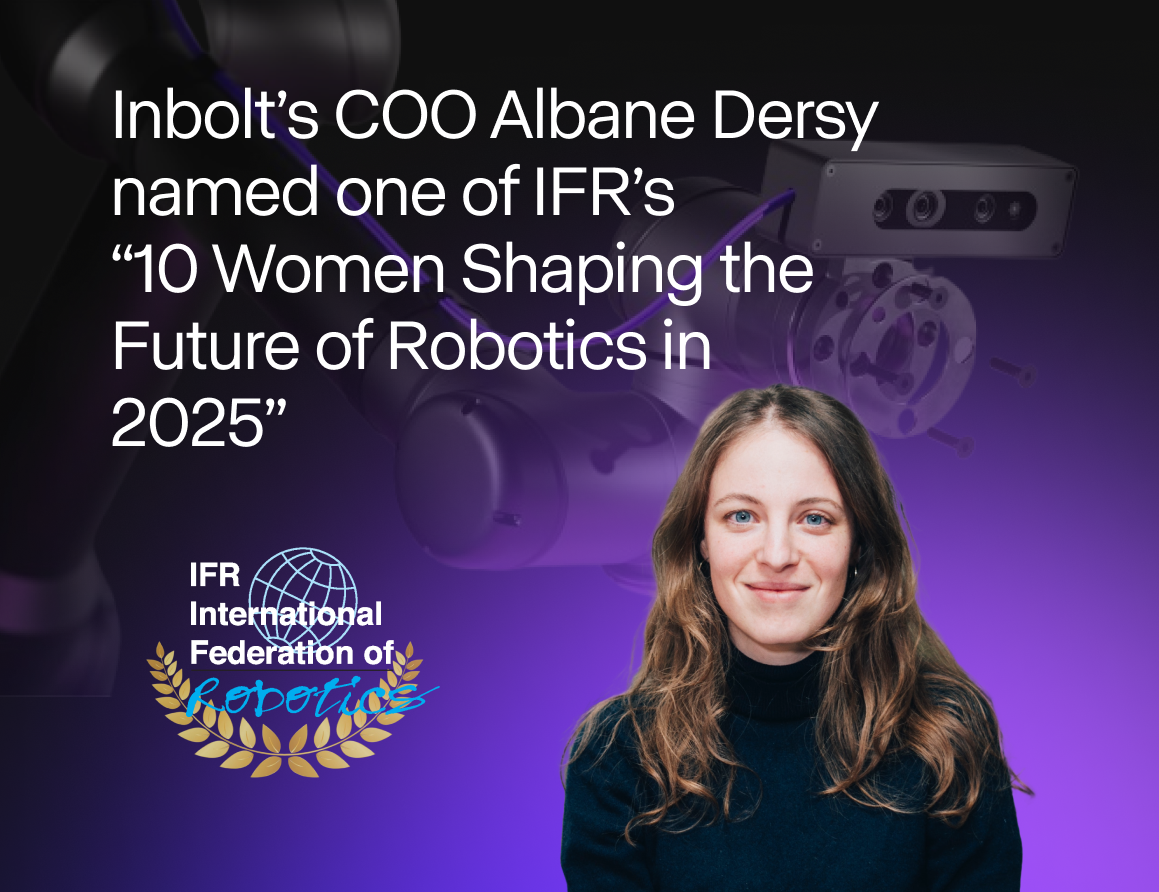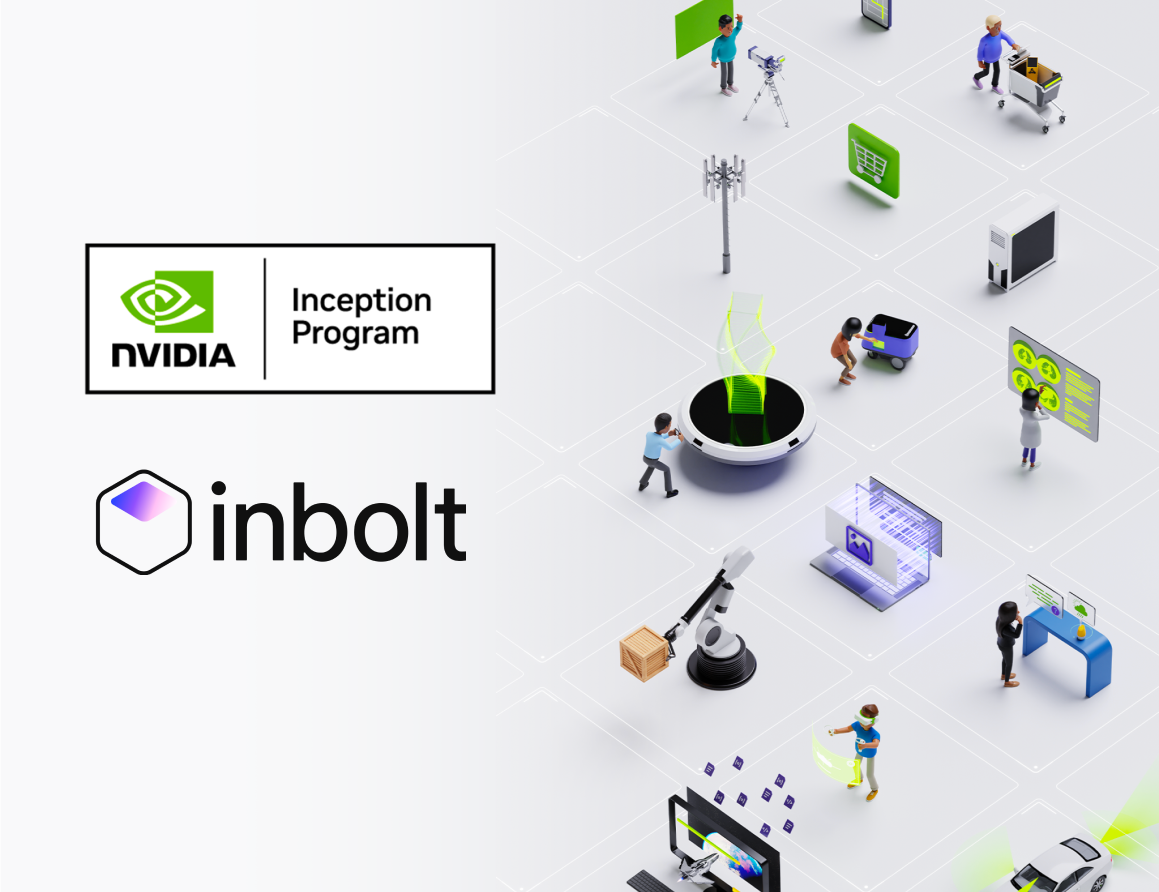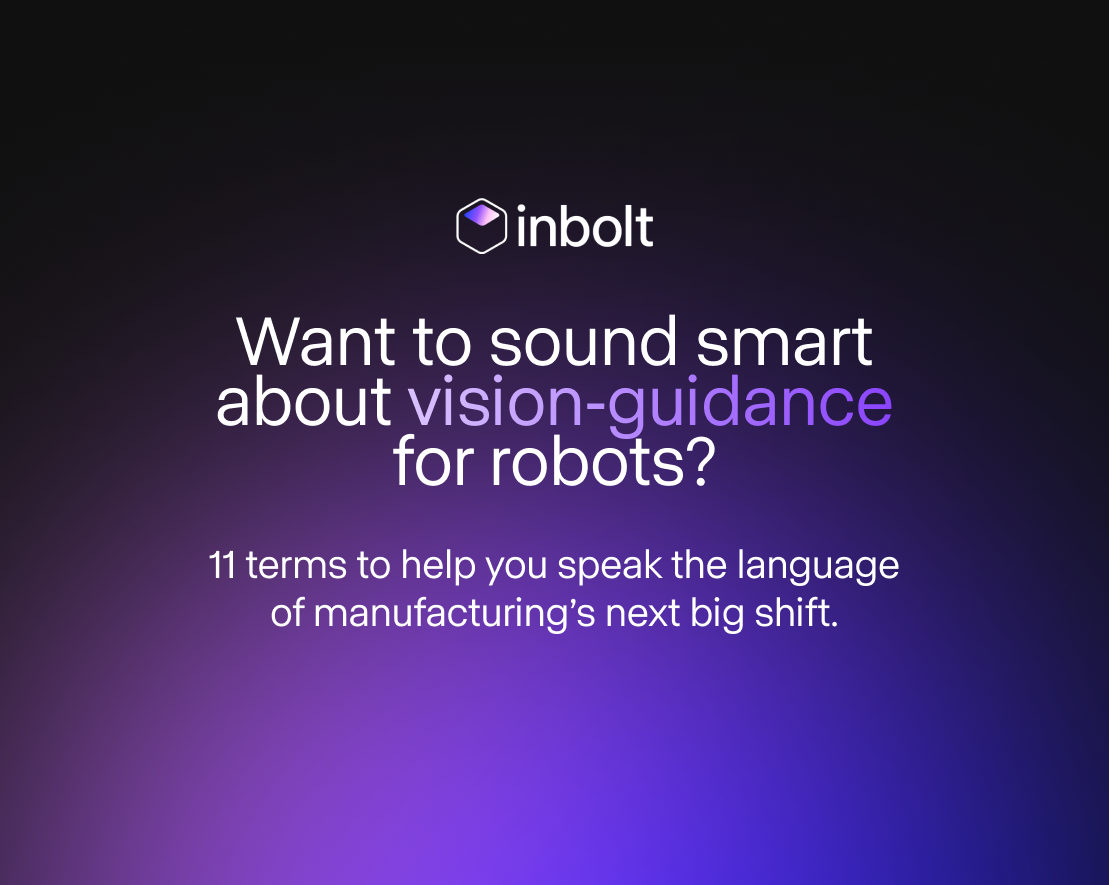The evolution of 3D vision in robotics
From 2D vision to AI-driven 3D perception, robotics evolves to handle complex tasks with greater precision and flexibility in manufacturing.
From 2D vision to machine vision: the early days of robotic sight
Machine vision, initially called “robotic sight,” has revolutionized manufacturing by automating defect detection, ensuring accurate assembly, and tracking processes. Early systems relied on 2D vision to inspect and track objects, which suited simple applications with fixed, predictable environments. For instance, a FANUC M-20iA robot (introduced in 2009) with 2D vision could identify and locate a bin containing identical circuit boards. In this setup, the bin and its contents remained in known locations, allowing 2D cameras to perform adequately.
These systems are struggling in complex environments. Lacking depth perception, they are vulnerable to lighting changes, reflections, and certain angles that compromise accuracy. As a result, 2D vision often underperforms in real-world applications where variability is a factor.
This limitation sparked the need for a more robust solution: 3D vision.
The breakthrough of 3D vision: adding depth to robotic perception
3D vision marked a significant advancement in machine vision, enabling robots to interpret their surroundings with depth and spatial awareness. Early 3D vision techniques, like structured light and stereo vision, used dual cameras positioned at slightly different angles to estimate depth. While these setups allowed robots to map their environment in three dimensions, they still faced limitations.
3D vision opens new applications in robotics
3D vision opened up possibilities in applications that previously couldn't be automated and demanded human intervention, such as gluing, welding, material handling, sanding, and surface finishing. Robots with 3D vision could now track, grasp, and orient objects in dynamic and unstructured environments, making them highly valuable.
Inbolt’s contribution: making 3D vision accessible and adaptive
With ongoing changes, inbolt has introduced a solution that makes 3D vision in robotics both accessible and adaptable. By combining 3D camera technology, based with powerful AI algorithms, inbolt’s system allows robots to interpret their surroundings in real time, even in dynamic or unstructured settings.
Unlike traditional 3D vision systems that requires a specific expertise in computer vision, inbolt’s AI can be trained in under 15 minutes with minimal input.
This ease of use is a game-changer, enabling companies to deploy vision-guided robots without needing specialized knowledge, thereby making 3D-guided robotics a standard on factory floors.
The future: AI-enhanced 3D vision and the path to human-like understanding
With continued advances in AI, 3D vision in robotics is poised to enhance real-time object detection, enabling robots to differentiate objects not just by shape, but by function and context. This capability is essential in fields like manufacturing, electronics, healthcare, agriculture, and logistics, where robots increasingly need to navigate and adapt independently.
The next frontier likely lies in neural networks and deep learning, further enhancing robots’ ability to understand complex environments. By integrating these tools, 3D vision could eventually enable robots and cobots to collaborate even more naturally with humans, unlocking new possibilities across industries.
Last news & events about inbolt

Articles
Albane Dersy named one of “10 women shaping the future of robotics in 2025”
The International Federation of Robotics has recognized Albane Dersy, co-founder and COO of Inbolt, as one of the “10 Women Shaping the Future of Robotics 2025.” At a time when manufacturers are racing to automate, Albane’s leadership stands out for bringing flexibility and intelligence to robotics on a global scale. This article explores her career, the impact of her work with Inbolt, and the leadership lessons she shares with the next generation of innovators.

Articles
Inbolt Joins NVIDIA Inception to Accelerate AI-Driven Automation
Inbolt joins the NVIDIA Inception program to boost its AI-driven automation solutions. This partnership provides access to exclusive resources, accelerating Inbolt’s mission to enhance real-time 3D vision for robots in manufacturing.
